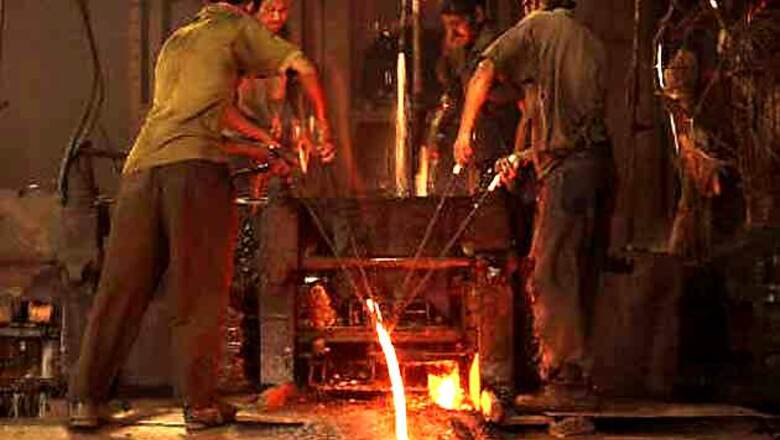
views
January gets its name from Greek God Janus who has two faces; one looking forward and the other looking back. Since it is that time of the year, and given that job creation is India's most important challenge, it is as good an opportunity as any to reflect on 2013 and look ahead at 2014.
The only good thing about 2013 from an employment perspective is that it is over. As for 2014, I would like to make the case that, independent of election outcomes, the next year will be much better for job creation. It will be a cyclical employment upturn-rather than the structural one India needs-but an upturn it will be for sure.
The horrible macroeconomic and political situation in 2013 froze investment and hiring plans by corporate India. The free fall of the rupee in August was both a cause and a symptom of these problems; it exposed the dangers of funding a bloated current account deficit (CAD) with fair weather portfolio flows and threatened to push India into a vicious cycle with higher inflation, further fiscal mayhem, increased hurdle rates for overseas investors, and balance sheet weakening for unhedged foreign liabilities of corporate India.
But the country enters 2014 with a highly improved outlook. The rupee has recovered from its lows and the 15 percent depreciation since May 2013 has helped offset high inflation and restore export competitiveness. The CAD is going to be 3 percent of GDP versus 5 percent last year because of the government assault on gold, lower non-oil imports, and booming IT, textiles, engineering goods exports. The global slowdown continues to create massive opportunities for IT companies and entry level salaries for engineers have not moved in three years. The hearty harvest is exploding tractor and two-wheeler sales. And the government seems determined to contain the fiscal deficit at 4.8 percent of GDP even if it gets there mostly by running up arrears. But the biggest salvation in 2014 will be in employment-intensive domestic consumption as GDP growth returns to 5.5 percent.
The fastest growing segments of employment by function in 2014 will be sales, customer service and logistics. The hiring heavy industries will be consumer goods, healthcare, education, consumer durables, retail, and agriculture inputs. And this employment growth is reinforced by a multi-year trend of companies hiring for India's long geographic tail of consumption; the number of cities with Teamlease employees in sales and customer service grew from 400 to 2,000 over the last five years.
But nobody should delude themselves that the coming back of jobs in 2014 is purely cyclical. Spinoza called hope and fear twins because one leads to the other: Corporate India's hiring strike over the last year was an inevitable consequence of the fear from macro and political mayhem. But this fear is now breeding the inevitable short-term hope-in 2014 companies will act on the realisation that consumer confidence in India is much higher than business confidence. This means formal hiring will be at least 25 percent higher than in 2013.
But 2015 will return to the employment famine of 2013 unless the new government tackles the structural barriers to massive job creation.
India is a hostile habitat for job creation. The agenda to catalyse it includes urbanisation (we have only 50 cities with more than a million people compared to China's 350), infrastructure (projects worth an estimated Rs 7,00,000 crore are stuck), growth of low-skill manufacturing (this is stuck at 15 percent of employment since 1991), labour law reform (employers will hesitate to raise formal employment as long as it stays the equivalent to marriage without divorce), and a revamp of the employee benefits regime (48 percent mandatory payroll confiscation means 100 percent of net job creation since 1991 has happened informally). This 'benefits revamp' must include creating competition-either public or private-to the poor value-for-money pensions and healthcare offered by the EPFO (the world's most expensive government securities mutual fund) and ESI (a horrendous insurance scheme that only pays out 50 percent of contributions as benefits) that reinforce employee preference for informal employment.
The most important intervention may lie in making labour laws a state subject; labour markets are local and 28 chief ministers are more important for job creation than one good prime minister. This change should be complemented by 100 directly elected and fully empowered mayors-people like Michael Bloomberg in New York or Boris Johnson in London who fight their elections based on things like public transport, law and order, sewage, and other local infrastructure and services. "Real" mayors are a systemic intervention to improve the job creation habitat for entrepreneurs. Unfortunately India has had only one "real" mayor in recent rimes-Sheila Dikshit, the former chief minister of Delhi.
India was converted from a high growth low inflation economy to a low growth high inflation economy by the fiscally irresponsible regime of "rights" of the ayatollahs at the National Advisory Council (NAC) who view district collectors as job creators. It is also clear that the more than Rs 1,80,000 crore spent on NREGS would have done more good if it had been dropped from helicopters. But even Keynes- patron saint of the NAC types-recognised that the most important economic variable for job creation was expectations or "animal spirits". He defined animal spirits as "a spontaneous urge to action rather than inaction and not as the rational outcome of weighted average of quantitative benefits multiplied by quantitative probabilities".
India will see some of these animal spirits return in 2014-whatever the outcome of the election. But, hopefully, the cyclical upturn of jobs in 2014 will be used to tackle the structural challenges to job creation and investment for 2015 and beyond. Election rhetoric so far suggests that naukri is not yet as important as garibi. Yet it is clear that the 10 lakh kids joining the labour force every month for the next 20 years don't agree. May the young win.











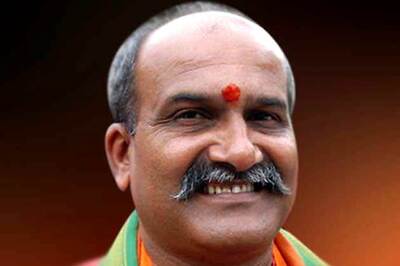
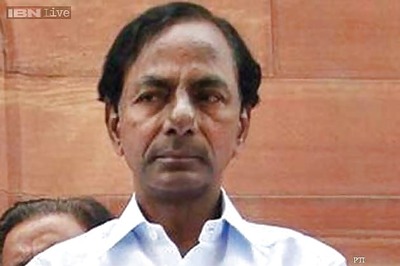
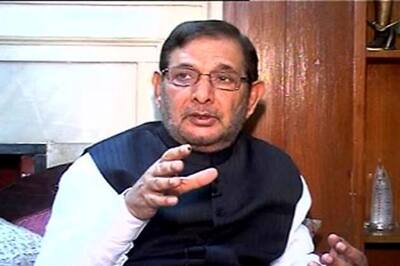

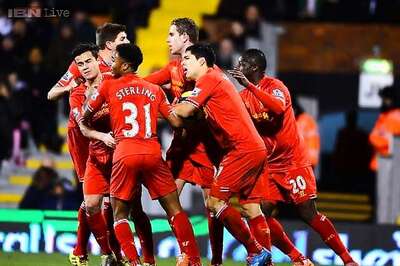
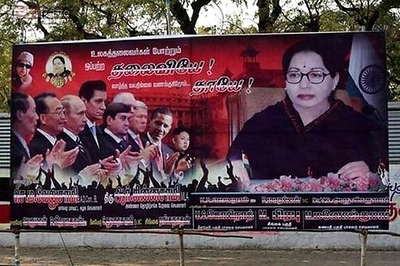
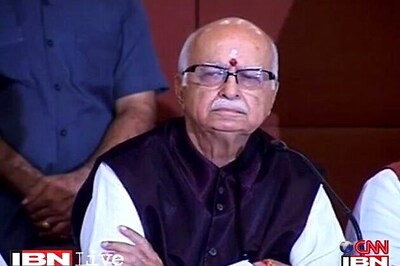
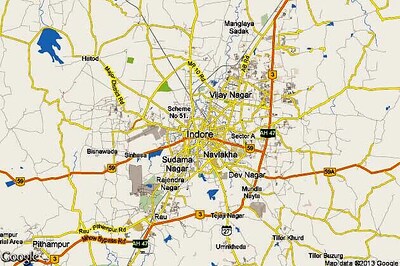

Comments
0 comment